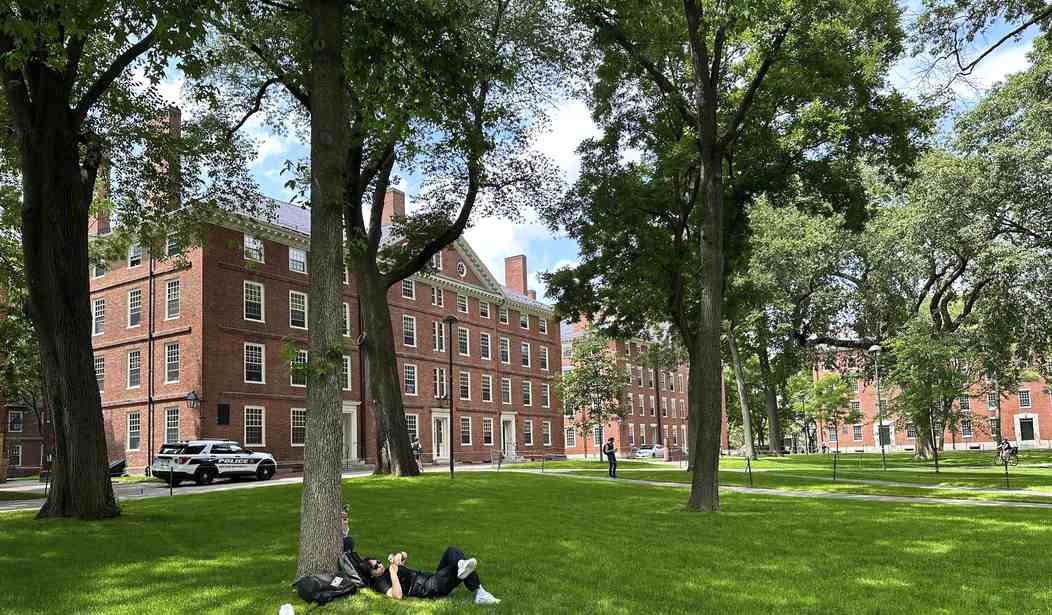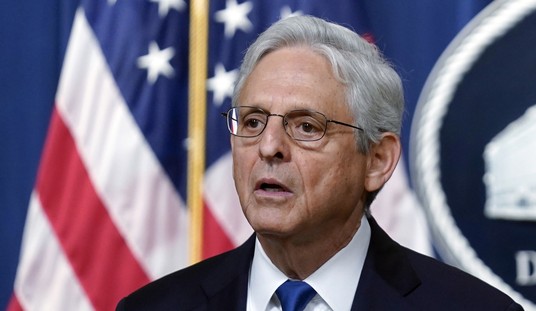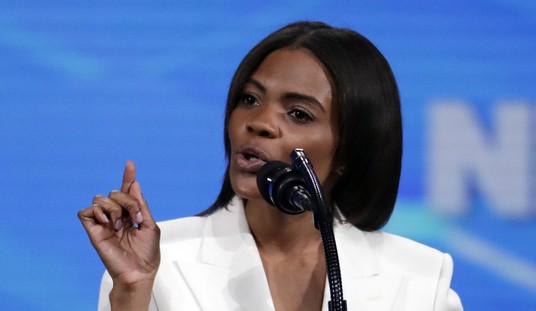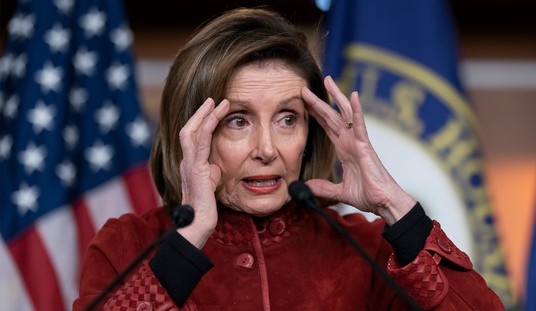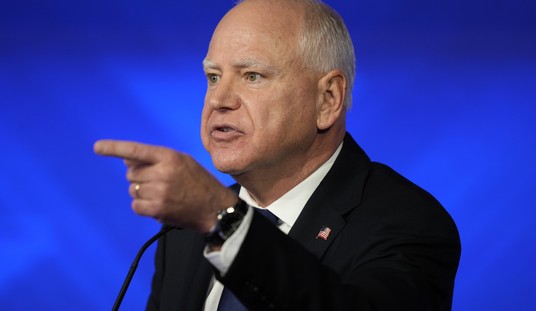The University of Michigan in Ann Arbor is a fine undergraduate school with more than 50,000 students enrolled. It's also perhaps the leading institution of higher learning to embrace Diversity, Equity, and Inclusion (DEI) initiatives. Since 2016, the school has poured more than $216 million into DEI programs. It's believed that U of M has the most expansive DEI system in the U.S.
Currently, about 5% of those 50,000+ students enrolled at U of M are black. That's up from 4% two years ago, which regents and DEI supporters eagerly cite as a reason to keep pouring cash down a black hole.
However, the state of Michigan is 14% black, meaning that the enrollment of black students is far below what most "diversity experts" think it should be.
This spring, the board of regents is contemplating cuts to DEI programs. Some regents are advocating for more spending in “race-blind” programs such as Wolverine Pathways, a program that takes poor black kids and puts them on a path to college. The focus is on socioeconomic issues rather than race.
Giving out scholarships based on lack of income rather than race is fairer across the board.
“There are almost six times as many white students as Black students who both come from [low socio-economic status] families and have test scores that are above the threshold for gaining admission to an academically selective college or university,” said an amicus brief filed in the U.S. Supreme Court’s 2023 decision banning affirmative action in college admissions.
“Pursuing socioeconomic diversity alone is thus not a realistic strategy for enrolling an academically talented class that is diverse in many ways, including with respect to race.”
So even though white and black kids are equally needy and qualified, black kids should get the slot in the name of racial diversity?
Because...why? It doesn't make any sense.
The goals of DEI 2.0, as the plan’s second stage was called, were posted all around campus.
Chronicle of Higher Education:
Viewed by many as a model of how to infuse a diversity mindset throughout a university, Michigan’s DEI plan struck others as bloated and ineffective. The nearly $240 million spent since 2016 far exceeds DEI spending at most comparable universities. Michigan officials are quick to point out that the amount spent annually on the plan accounts for less than 1 percent of the flagship’s general-fund budget, which is $2.9 billion for 2025. Privately, however, some have wondered whether the university’s unapologetically expansive embrace of an increasingly embattled ideal had put a target on its back.
In October, a lengthy investigative piece in The New York Times Magazine concluded that the university’s efforts were widely viewed as a well-intentioned flop that had deepened divisions and barely moved the needle on stubbornly low Black student enrollment.
So, $216 million was spent to allow more black kids to go to college, and the results were a "flop." And the university wants to double down on that spending? Why?
The regents aren't buying it. They read the tea leaves and know that DEI programs are on the chopping block across the country. It's only a matter of time before court challenges or government edicts bring DEI to an end at the University of Michigan.
That warning has taken on new urgency as Trump, in his first weeks in office, has unleashed a blitz of measures aimed at eliminating diversity initiatives at public institutions and pressuring private colleges to drop theirs. That supercharged an attack that, until now, had mostly been conducted at the state level. Since 2023, The Chronicle has tracked 112 bills, in 29 states and the U.S. Congress, that would dismantle DEI activities. Fourteen have become law. But even when no state law requires such changes, and even before Trump took office, colleges were canceling trainings, closing offices, and laying off staff. The Chronicle has logged such instances across 242 campuses in 36 states.
There's nothing wrong with diversity, equity, and inclusion as a nebulous goal for higher education. Mandating it is the problem, as well as creating a totally artificial standard by which some qualified students are excluded while others aren't.
There's got to be a better way. Punishing one race and giving benefits to another has to end. There are other ways to create equality in schools, beginning with early education.
Forced altruism isn't working.



